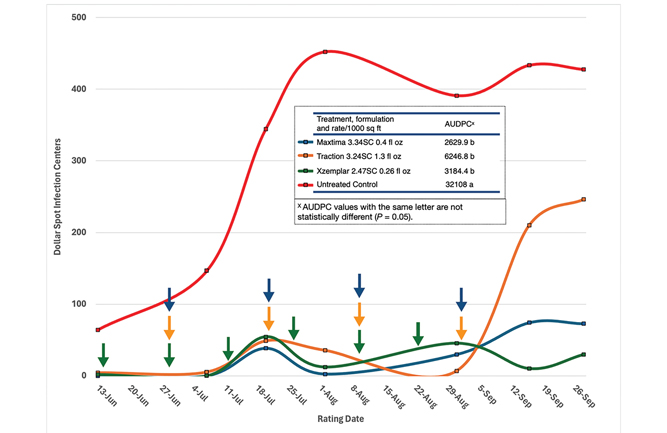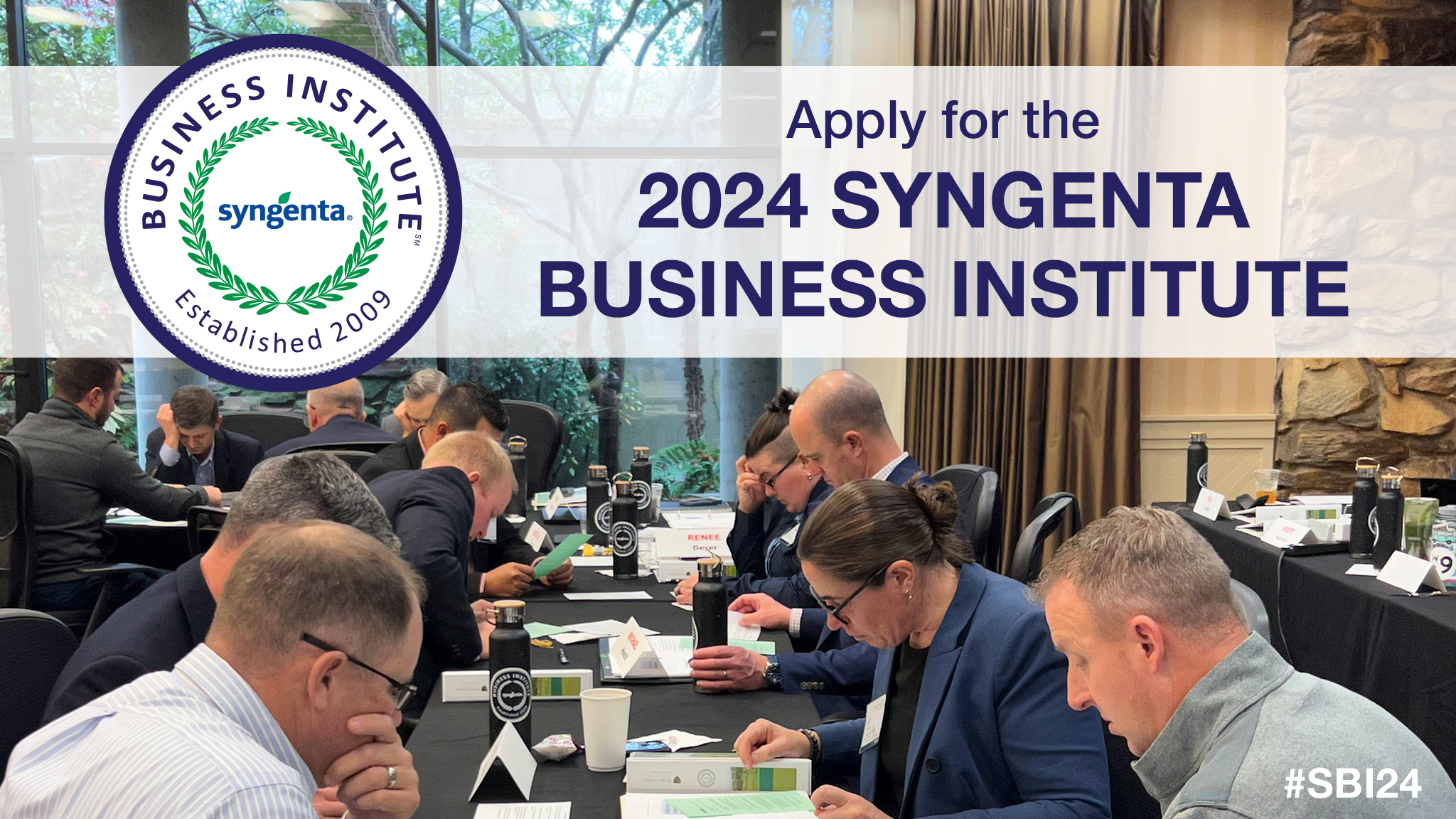Controlling smooth bromegrass in cool-season turf
Smooth bromegrass (Bromus inermis) is a difficult-to-control perennial grass in cool-season turf. There currently are no ways to selectively control smooth bromegrass, so superintendents often use non-selective herbicides such as glyphosate.
In this study, we explored potential options to selectively control smooth bromegrass in cool-season turfs. We evaluated mesotrione (Tenacity, Syngenta), topramezone (Pylex, BASF) and glyphosate (Glyphomate 41, PBI Gordon) for controlling smooth bromegrass when applied at various timings.
Field studies were conducted in 2014 and 2015 at the University of Nebraska’s John Seaton Anderson Turfgrass Research Facility near Mead, Neb. We applied treatments using a CO2-powered backpack sprayer in 88 gal water/acre at 30 psi, with a three-nozzle TeeJet 8002VS flat-fan spray boom. Treatments consisted of Tenacity at 8 fl. oz./acre applied twice 10 days apart, Tenacity at 5.3 fl. oz./acre applied three times 10 days apart, Pylex at 1.5 fl. oz./acre applied twice 10 days apart, or Glyphomate 41 at 48 fl. oz./acre as a single application with an untreated control for comparison.
We included a non-ionic surfactant with Tenacity, and a crop oil concentration with Pylex. We applied each herbicide at three initial application timings on May 1, June 1 and July 1. We applied treatments to a smooth bromegrass stand established the prior fall of each year and mowed at 3.5 inches weekly. We took cover ratings of bromegrass on a 0-100 percent range.
Treatments applied in May produced the least control (greater than 60 percent cover by Sept. 15), likely due to rapid spring top growth limiting translocation to rhizomes, and then recovery from surviving rhizomes. Tenacity at 5.3 fl. oz./acre three times 10 days apart or 8 fl. oz./acre applied two times 10 days apart applied in July resulted in about 15 percent bromegrass cover by Sept. 15. Topramezone had little activity on bromegrass, resulting in no control. In terms of non-selective control, Glyphomate 41 applied in June produced 20 percent cover versus more than 70 percent cover when applied in May or July. Our preliminary data suggest that Tenacity has good potential for selectively controlling smooth bromegrass in cool-season turf when applied near July 1 in Nebraska.
Acknowledgement: This research was made possible by funding from the Nebraska Turfgrass Association.












Two questions:
1. Why do you think the July glyphosate application resulted in more smooth brome cover than applications in June.
2. Wouldn’t a later application be more efficacious? Have you tried an August or September application and evaluated cover in the following year?
Thank you